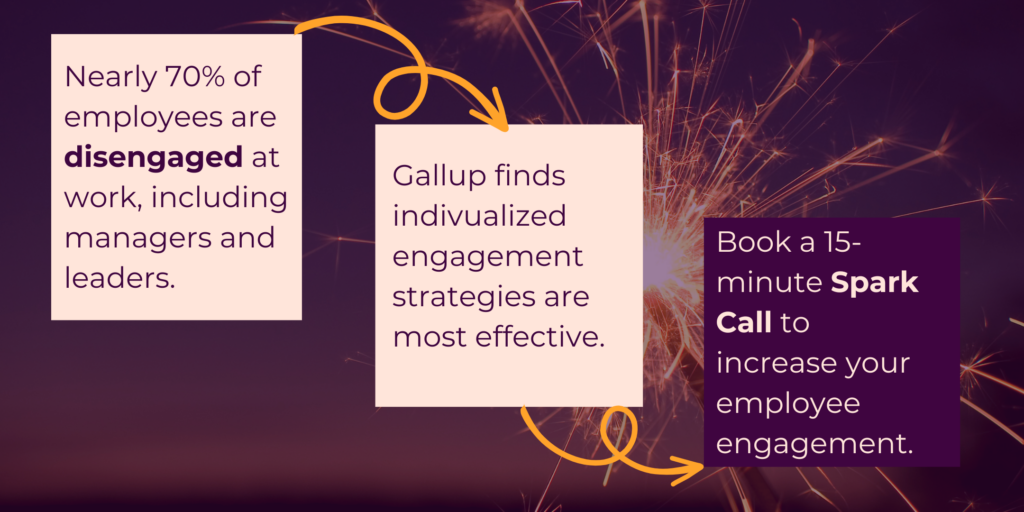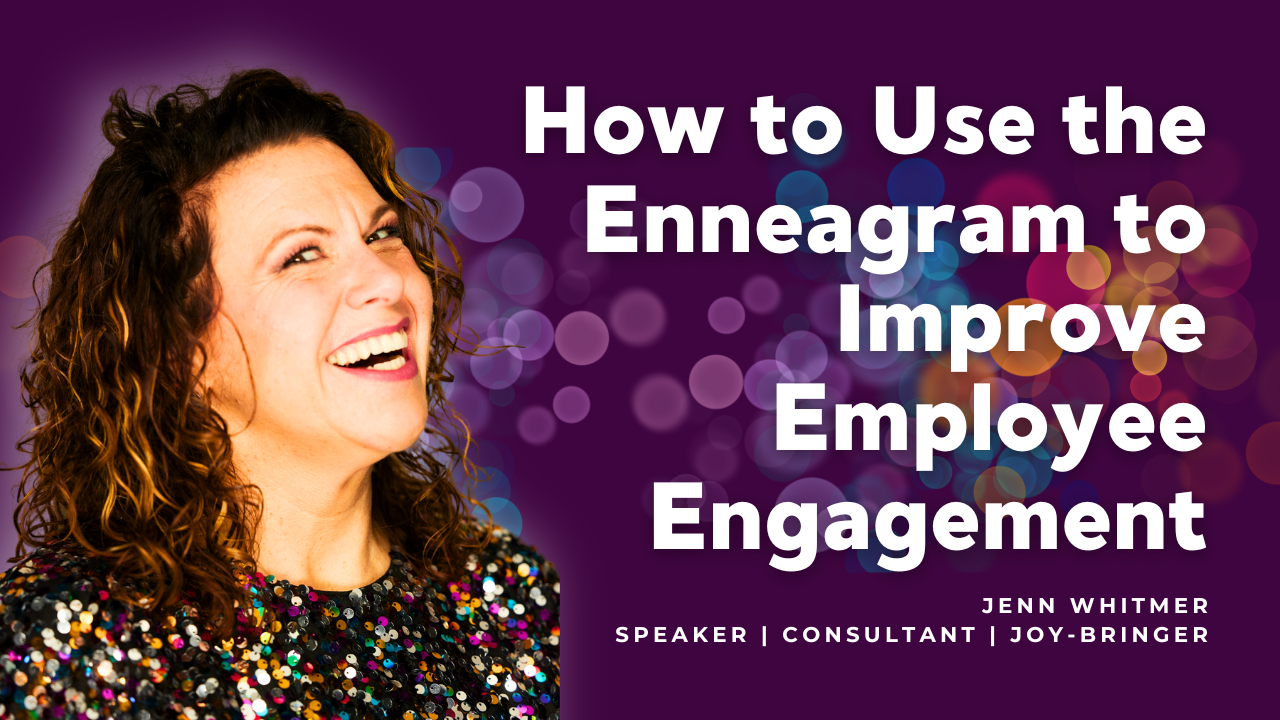I wiggled my toes into the shaggy carpet of colorful concentric circles. Mostly so I could keep listening and not interrupt my partner.
I had kicked my shoes off because we were still meeting as the spring sunset glowed through our office window. This huge project was nearing submission after months of work, and Dana was doing what she does best — details. I was about to lose my mind.

Detail Dana (her self-chosen moniker) thrived at the checklists and spreadsheets and confirming standard 3.2.1a documentation actually lived in the folder labeled standard 3.2.1a. Dana could not have been more excited and engaged in that moment.
Me? I’m at my best brainstorming and option-producing, developing, editing, and dreaming of new possibilities and how to make them happen. During this final review, I was flirting with disengagement, working to keep my focus through tactile tricks with my toes.
It’s easy to wave a hand and say, “But that’s just part of the job. You just have to do it.”
Yes. I wanted to do a great job. I was committed to the project’s success, so I stuck it out.
The moment we clicked submit, I felt lighter but utterly drained. Dana, giddy with excitement, flitted around our office, gathering her things and chattering with enthusiasm.
The disparate levels of energy required from Dana and me in that moment showcase why employee engagement is far deeper than simply doing meaningful work well or having great skills.
Last week, we talked about how high employee engagement improves productivity, increases profits, and brings back joy at work, along with the five engagement skills you need as a leader.
To increase your success, use the Enneagram.
If you’re new to the Enneagram, it’s a personality framework that shows you the deep motivations that impact every thought, emotion, and action. Since employee engagement is impacted by motivation, the Enneagram is your not-so-secret advantage for creating higher employee engagement and creating a positive workplace culture.
You and your team are whole people living whole lives, bringing personality to every meeting, conversation, and task. This makes the Enneagram a powerful tool for engagement work because the best engagement solutions are highly individualized. Personality motivations are a far more effective method for individualized work than “rising leaders” or “women.”
We could detail how the Enneagram impacts the five engagement skills of emotional regulation, communication, conflict resolution, boundaries, and decision-making, but that’s a lot for a blog post! You’ll have to bring me in to work with your team or wait for the book😉
So, let’s focus on what actions motivate high levels of engagement from each Enneagram type.
Eights want to make an impact. Tap into their strength and be transparent about details.
Nines want to work in harmony with others. Recognize their perspective and build connections.
Ones want to improve themselves and the work. Commend their accuracy and demonstrate shared responsibility.
Twos want strong relationships. Acknowledge their generosity and recognize how they support the team.
Threes want to succeed. Create clear goals and remind them rest is not failure.
Fours want to make a unique contribution. Recognize their value and authenticity in their work.
Fives want to demonstrate competency. Allow them independence and welcome their knowledge.
Sixes want loyalty. Value their troubleshooting and questions. Encourage them in their own abilities.
Sevens want options and flexibility. Welcome their brainstorming and provide open-ended ways to achieve a goal.
Back to our office with Dana and me that spring evening. Dana, an Enneagram One, loved the accuracy-checking of this project. And she also was more engaged because I was sharing the responsibility with her. Months earlier in the summer, she stayed with my Enneagram Seven brainstorming sessions, encouraging my creativity before we narrowed to a course of action.
Honoring what motivated each of us helped us stay engaged with our work throughout the process. Most of the time, we worked in what Gay Hendricks calls zones of genius. It’s as if we banked engagement for the few times we needed to operate outside of our natural gifts.
What motivates you may demotivate and discourage others. That’s why understanding the personalities of your team changes your approach to increasing your engagement, from creating agreements and responsibilities to timelines and tasks.
What to do now:
This can feel overwhelming. How do you fit this in with client meetings, timesheet review, and planning for Q2? Let’s talk about it.

Get some time on my calendar for a Spark Call. During this quick 15-minute phone call, we’ll work together to:
- See what’s working for you and what isn’t. For you as an individual and/or your team.
- Uncover the most pressing problem that is holding back progress.
- Identify the next best step for you.
When you use the Enneagram motivations to inform your engagement skills — emotional intelligence communication, conflict resolution, boundaries, and decision-making — you and your team create a workplace that has more than high engagement. You’ve got more joy.

COMMENTs:
0